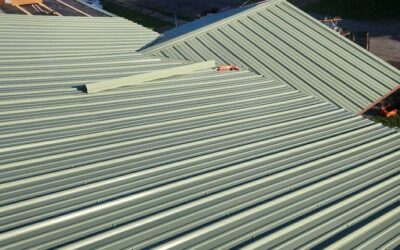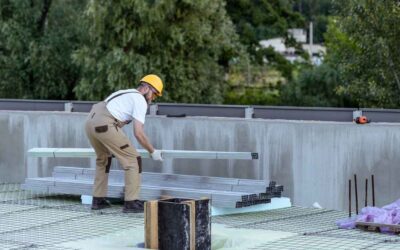Why Tar and Gravel Roofs Are Falling Behind in 2024
Tar and gravel roofs, also known as built-up roofing (BUR) systems, have been a staple in commercial and residential construction for decades. However, in 2024, these traditional roofing systems are increasingly being replaced by modern alternatives. This shift is driven by advancements in roofing technology, changing aesthetic preferences, and a growing emphasis on sustainability and energy efficiency.
Understanding Tar and Gravel Roofing
Tar and gravel roofing systems consist of multiple layers of bitumen (tar) alternated with reinforcing fabrics, topped with a layer of gravel. This combination creates a durable, weather-resistant surface suitable for flat or low-slope roofs. Historically, these roofs have been valued for their affordability and longevity, often lasting 20 to 30 years with proper maintenance.(
Reasons for the Decline in Popularity
1. Aging Infrastructure and Maintenance Challenges
Many existing tar and gravel roofs were installed decades ago and are now reaching the end of their service life. As these roofs age, the tar can become brittle, and the gravel may become loose or uneven, leading to leaks and other issues. Repairing these older systems can be challenging, as new materials may not adhere well to the existing layers, resulting in mismatched durability between old and new materials.
2. Environmental and Health Concerns
Tar and gravel roofs are not environmentally friendly. The materials used, such as tar and felt, are not recyclable, and the production process involves the emission of volatile organic compounds (VOCs), which can be harmful to both the environment and human health. Additionally, the strong odors emitted during installation can be unpleasant for building occupants.
3. Weight and Structural Implications
These roofing systems are heavy due to the multiple layers of materials and the gravel topping. This added weight can place significant stress on the building’s structure, potentially requiring additional support or reinforcement, especially in older buildings.
4. Limited Aesthetic Appeal
In an era where building aesthetics are increasingly important, tar and gravel roofs fall short. They offer limited color and design options, making them less appealing for modern architectural styles that favor sleek, customizable roofing solutions.(
5. Advancements in Roofing Technology
Modern roofing materials such as TPO (Thermoplastic Olefin), PVC (Polyvinyl Chloride), and EPDM (Ethylene Propylene Diene Monomer) offer superior performance in terms of durability, energy efficiency, and ease of installation. These single-ply membranes are lightweight, resistant to UV radiation, and can be installed more quickly than traditional tar and gravel systems.
Emerging Roofing Trends in 2024
The roofing industry in 2024 is characterized by a shift towards materials and systems that prioritize sustainability, energy efficiency, and aesthetic versatility.
1. Energy-Efficient and Sustainable Materials
Homeowners and builders are increasingly opting for roofing materials that contribute to energy savings and have a lower environmental impact. Options like cool roofs, which reflect more sunlight and absorb less heat, and green roofs, which incorporate vegetation, are gaining popularity.
2. Metal Roofing
Metal roofs, especially those with stone-coated finishes, are becoming more prevalent due to their durability, fire resistance, and energy efficiency. They also offer a wide range of styles and colors, allowing for greater design flexibility.
3. Smart Roofing Systems
Innovations in roofing technology have led to the development of smart roofing systems that can monitor environmental conditions, detect leaks, and even generate solar energy. These systems offer enhanced functionality and can contribute to the overall efficiency of a building.
Conclusion
While tar and gravel roofs have served their purpose over the years, the evolving demands of modern construction and environmental considerations are rendering them obsolete. The shift towards more sustainable, efficient, and aesthetically pleasing roofing options is evident in the trends of 2024. For those considering a new roofing system, exploring modern alternatives that align with current standards and expectations is advisable.
 (440) 307-2060
(440) 307-2060


